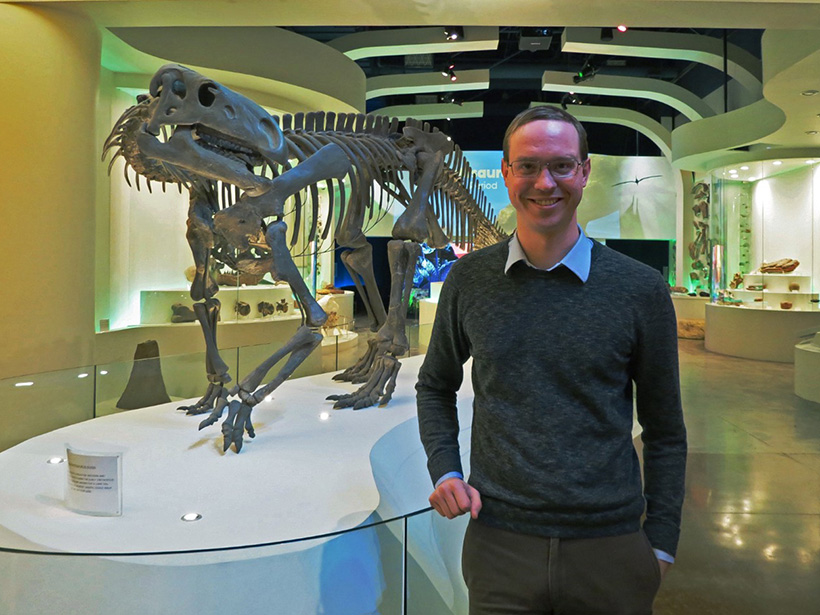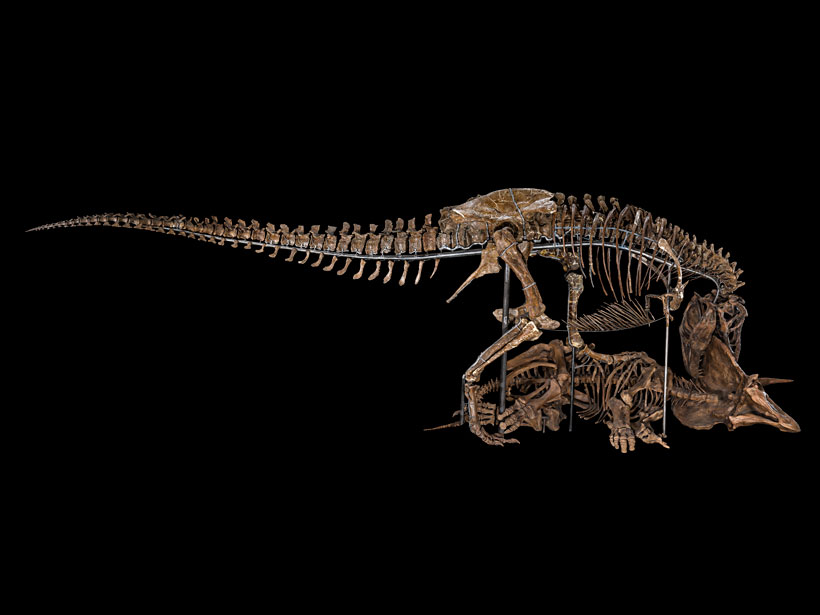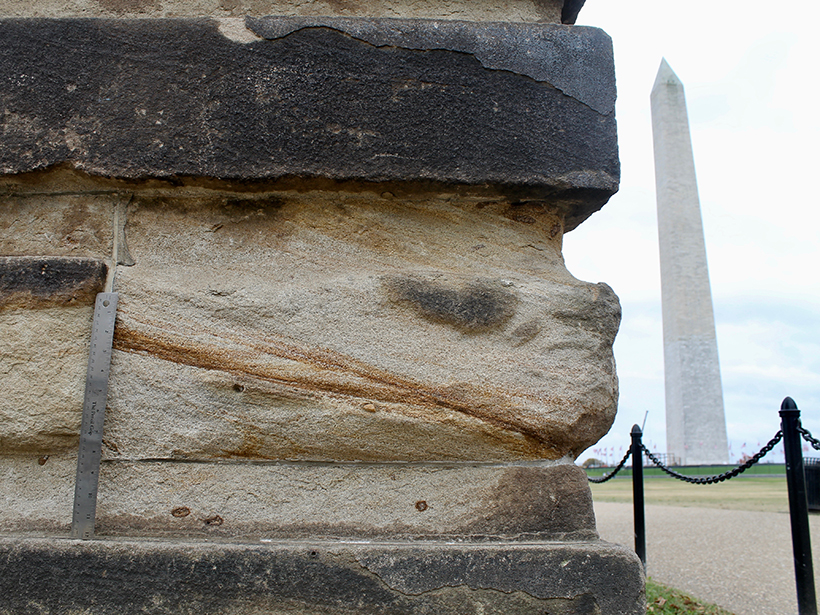From Cassini to #scicomm to showcasing science.
museums
Places to Celebrate Apollo 11’s Fiftieth Anniversary
Apollo 11’s golden anniversary is this weekend, but the celebration lasts all year long.
Dinosaurs Roar Again, Now Including a Focus on Climate Change
The newly renovated fossil hall at the Smithsonian’s National Museum of Natural History features spectacular fossils and includes a theme of human impact on life on Earth.
King of the Tyrannosaurs Goes on Display
The biggest, oldest T. rex found to date shows how big tyrannosaurs could get.
Self-Guided Tour of the Geology in D. C. Buildings
The architecture of the nation’s capital reveals a secret geologic history—take a walking tour to spot the interesting fossils and minerals in the stones used to build the halls of power.
Roving Exhibit Highlights Ocean Plastics Problem
The Ocean Plastics Lab, currently on the National Mall in Washington, D. C., illustrates the pollution threat and points to solutions.
Former NASA Chief Scientist Heads National Air and Space Museum
Taking the helm just as the museum is poised for a major renovation, new director Ellen Stofan told Eos she looks forward to taking the museum “to the next level” and exciting people about science.
A Window into the Emerging Anthropocene…Through Art
Want a snapshot of how humans have been changing their landscapes since the Industrial Revolution? Look at artwork at a local museum, one geoscientist says.
Sooty Bird Bellies Yield Insights into Historical Air Pollution
A new study mined museum collections to investigate just how sooty the air in the United States has been for the past 135 years.
Giant Snails’ Century-Old Shells Recorded Monsoon Rainfall
Researchers explored past precipitation in India using shells from very large land snails collected there in 1918 and preserved in a British museum.










